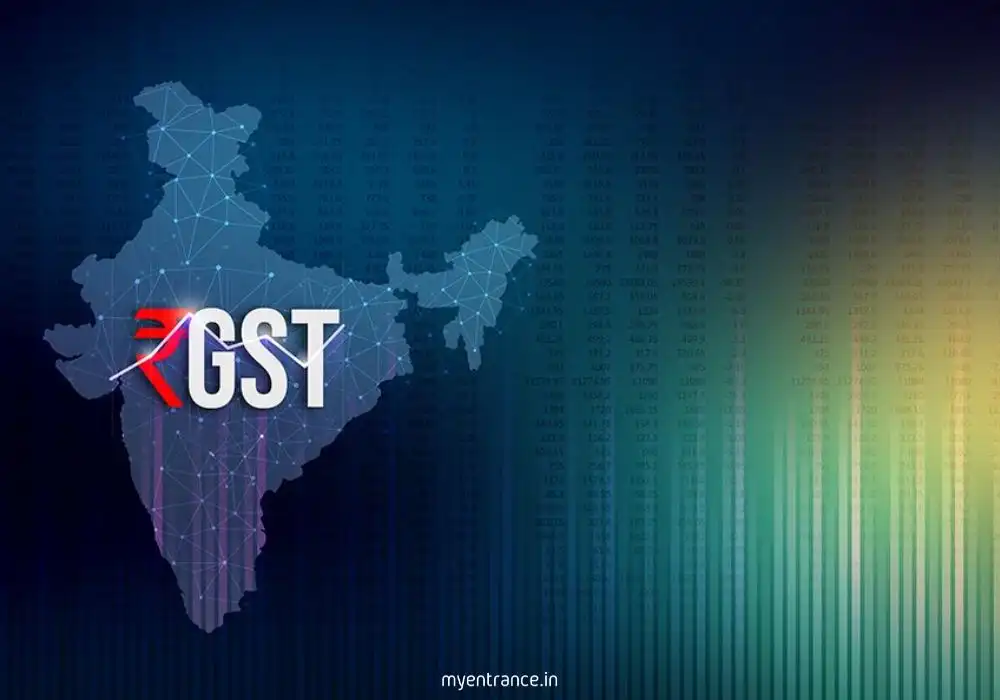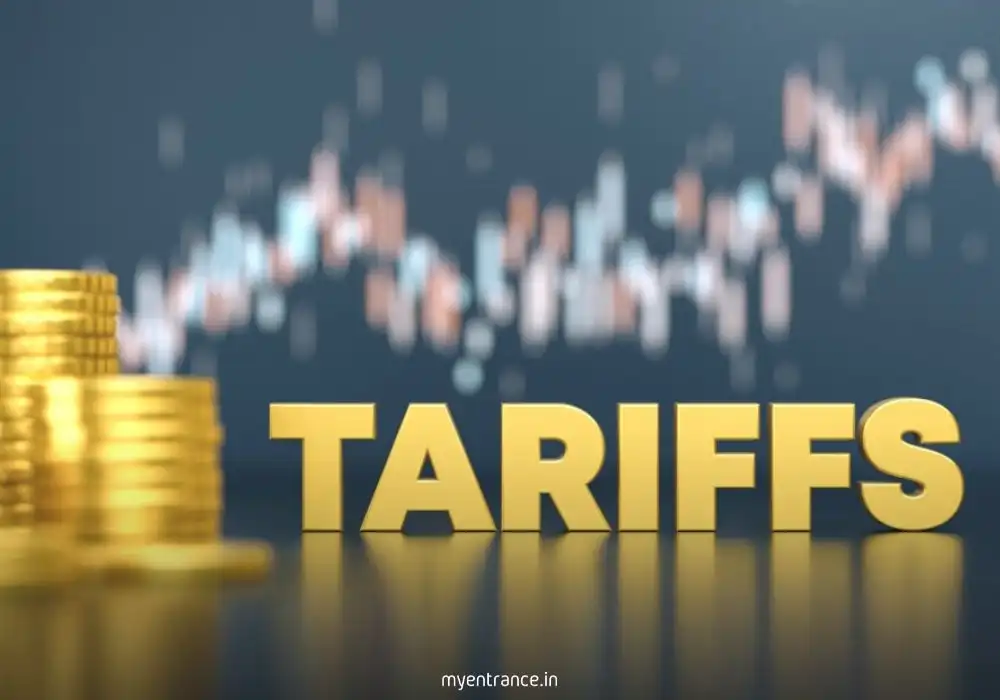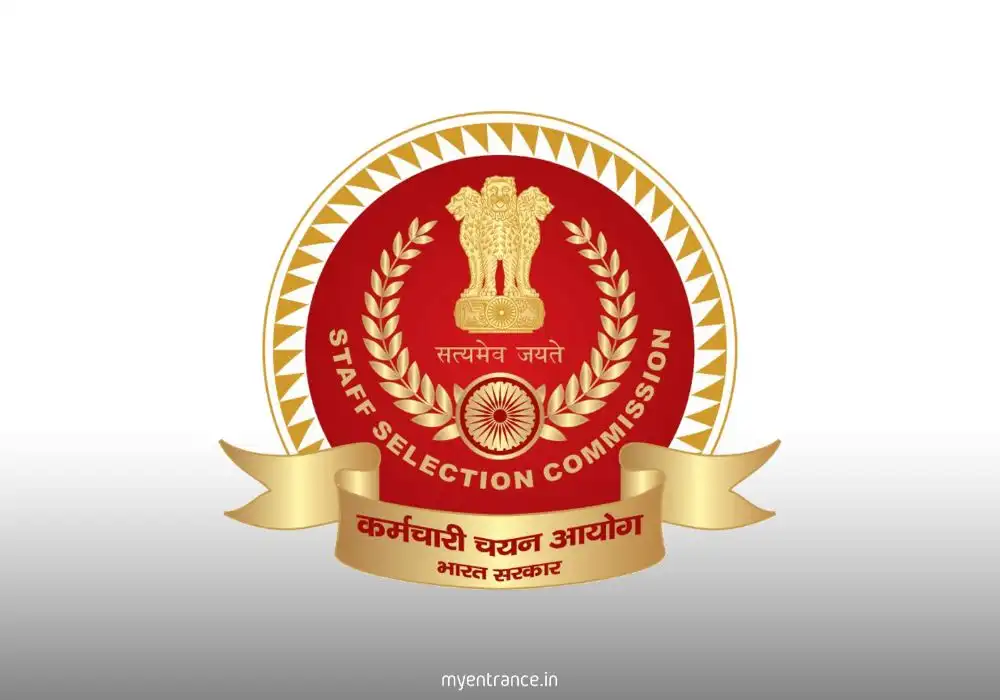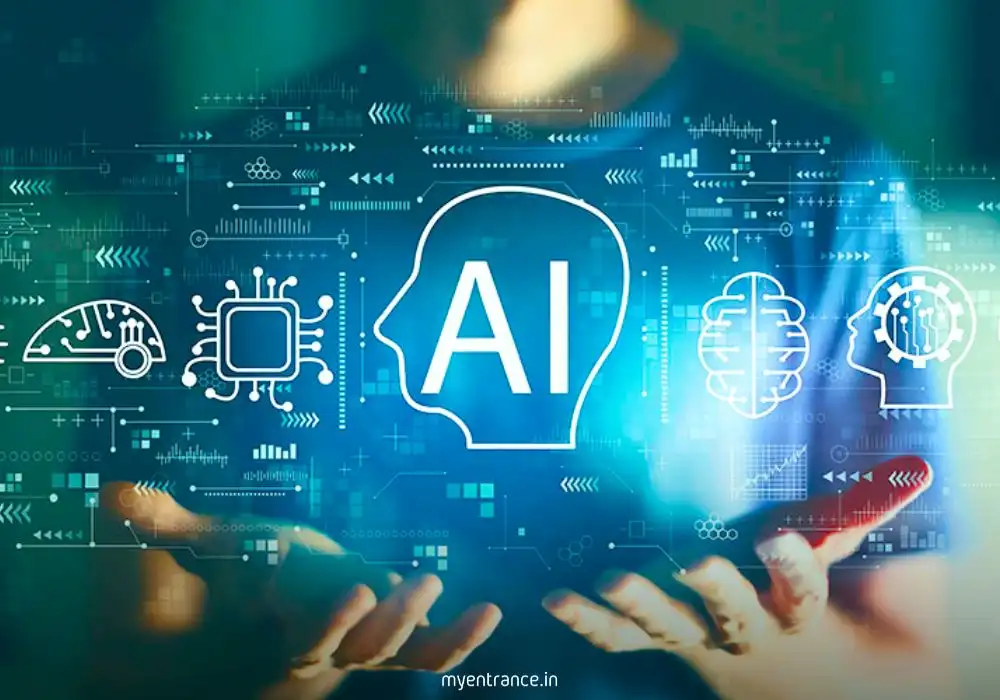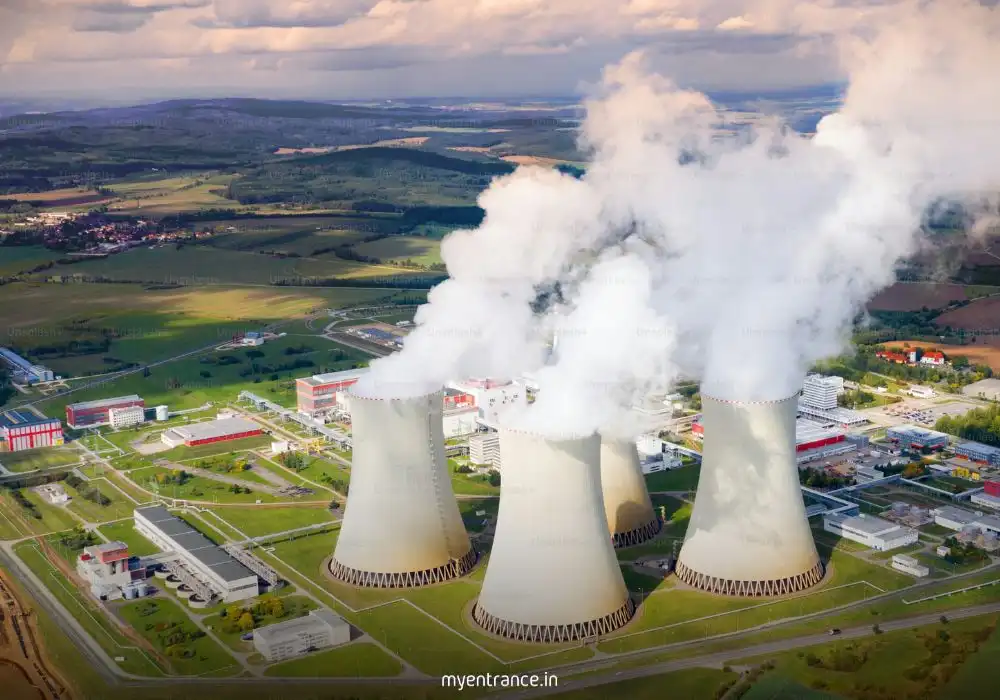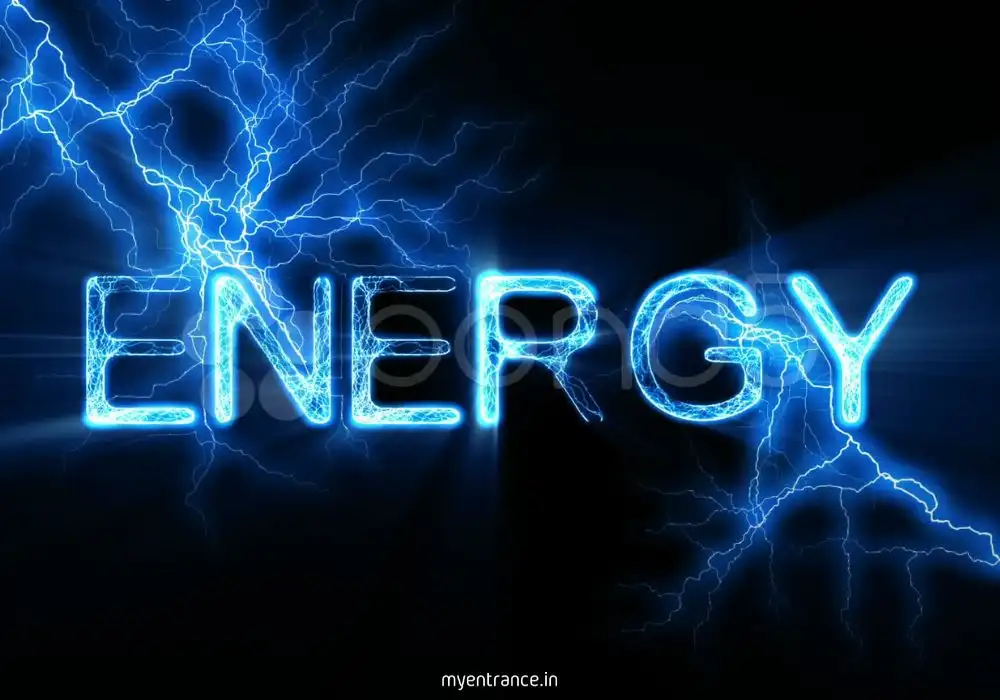Translate Language
Solar Energy: Harnessing the Power of the Sun for a Sustainable Future
Solar energy is the radiant light and heat emitted by the Sun, harnessed by humans for centuries through evolving technologies. Today, it stands as a leading renewable energy source, capable of generating electricity and thermal power for diverse applications—from household use to industrial and space applications. With the Earth receiving an astounding 173,000 terawatts (TW) of solar energy continuously (over 10,000 times global energy demand), solar power is a cornerstone of sustainable development.
This guide explores how solar energy works, its different technologies, advantages, challenges, and its growing role in the global energy landscape—essential knowledge for competitive exam aspirants.

About Solar Energy
How Solar Energy Works
Solar energy is captured through two primary methods:
Photovoltaic (PV) Systems
Use semiconductor materials (like silicon) to convert sunlight directly into electricity.
When sunlight hits PV cells, electrons are excited, generating direct current (DC).
An inverter converts DC into alternating current (AC) for household and grid use.
Common applications: Rooftop solar panels, solar farms, portable solar chargers.
Solar Thermal Systems
Capture the Sun’s heat for direct use (water heating, space heating) or electricity generation.
Concentrated Solar Power (CSP) plants use mirrors/lenses to focus sunlight onto a receiver, producing steam to drive turbines.
Ideal for large-scale power generation.
Types of Solar Energy Technologies
Photovoltaic (PV) Solar Power – Used in rooftop panels, solar farms, and thin-film cells.
Concentrated Solar Power (CSP) – Best for utility-scale electricity production.
Solar Water Heating Systems – Reduce reliance on electric/gas water heaters.
Passive Solar Design – Architectural technique maximizing natural sunlight for heating and lighting.
Benefits of Solar Energy
✅ Renewable & Abundant – Unlike fossil fuels, solar energy is inexhaustible.
✅ Eco-Friendly – Zero greenhouse gas emissions, reducing climate change impact.
✅ Cost-Effective – Lowers electricity bills with minimal maintenance.
✅ Energy Independence – Reduces reliance on imported fuels.
✅ Long Lifespan – Solar panels last 25+ years with declining costs.
Challenges & Limitations
⚠ Intermittency – Dependent on sunlight; requires energy storage solutions.
⚠ High Initial Cost – Upfront investment can be a barrier.
⚠ Land Use – Large solar farms may compete with agriculture.
⚠ Storage & Recycling – Batteries and panel disposal need sustainable solutions.
Global Status & Future of Solar Energy
Solar PV is now the cheapest electricity source in many regions (IEA).
Expected to supply one-third of global electricity by 2050 (Net Zero Scenario).
Leading countries: China, USA, India, EU nations.
Innovations: Perovskite solar cells, floating solar farms, smart grids.
Questions & Answers for Competitive Exams
Q1: What is the primary function of a photovoltaic (PV) cell?
A1: A PV cell converts sunlight directly into electricity using semiconductor materials like silicon.
Q2: How does Concentrated Solar Power (CSP) work?
A2: CSP uses mirrors/lenses to focus sunlight onto a receiver, generating heat to produce steam and drive turbines for electricity.
Q3: Name two major benefits of solar energy.
A3:
Renewable and inexhaustible.
Environmentally friendly with no greenhouse gas emissions.
Q4: What is the main challenge of solar power generation?
A4: Intermittency—solar power depends on sunlight availability, requiring storage solutions.
Q5: Which country is a global leader in solar energy adoption?
A5: China is currently the largest producer and installer of solar energy systems.
Conclusion
Solar energy is a game-changer in the transition to clean, sustainable power. With advancements in technology and decreasing costs, it is set to dominate future energy markets. However, overcoming challenges like storage, land use, and initial costs will be crucial for its widespread adoption.
For UPSC, SSC, PSC, and other competitive exam aspirants, understanding solar energy is essential for environmental science, current affairs, and general awareness sections. Stay updated with MyEntrance.in for more in-depth guides, daily quizzes, and mock tests to ace your exams!
Get 3 Months Free Access for SSC, PSC, NIFT & NID
Boost your exam prep!
Use offer code WELCOME28 to get 3 months free subscription. Start preparing today!




